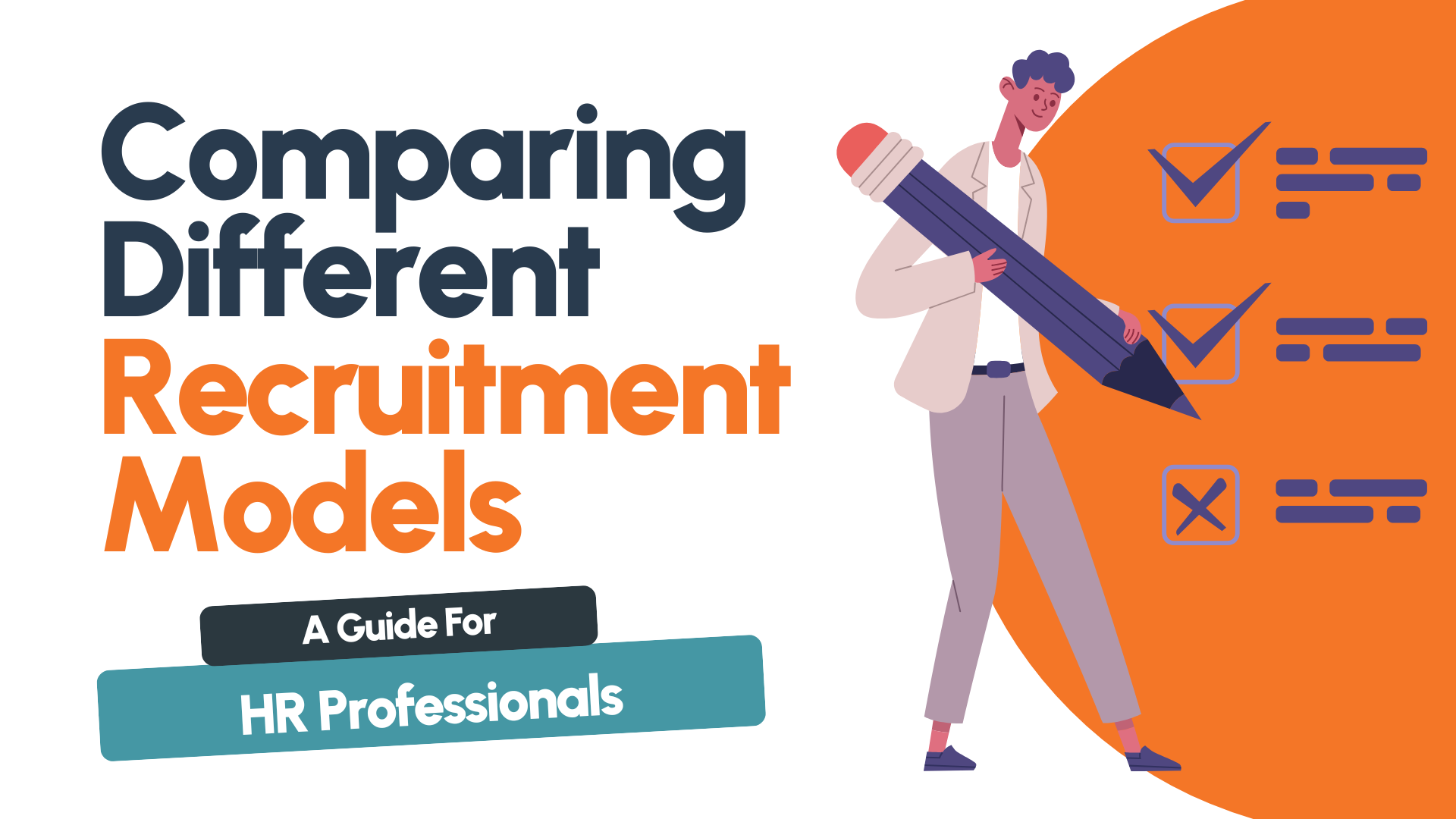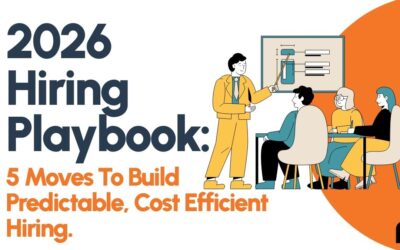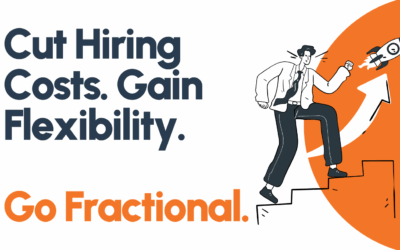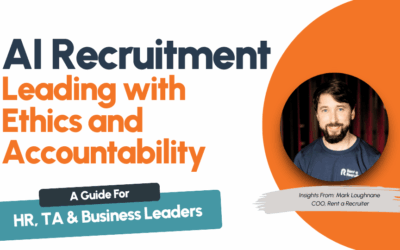Comparing Different Recruitment Models: In-House, RPO & Embedded
Choosing the right recruitment model is no longer just a tactical decision it’s a strategic lever for talent success. As hiring needs evolve, HR leaders face a growing menu of options, each with distinct pros, costs, and cultural implications. In this guide, we break down the three dominant recruitment models In-House, RPO, and Embedded so you can make the right choice for your hiring goals and organisational maturity.

Comparing different recruitment models
In‑House suits low-volume, high-control hiring; RPO offers scalability and expertise for fluctuating needs; Embedded Recruitment blends internal alignment with agency flexibility, reducing time‑to‑fill and boosting quality.
Each model has trade‑offs in cost, control and cultural fit. Let’s dive in.
1. What is In‑House Recruitment?
Internal Talent Acquisition teams manage the full hiring process.
- Pros: Full control, deep cultural fit, employer brand alignment.
- Cons: Limited scalability, headcount constraints, less external insight.
In-house recruitment works well for companies with predictable, ongoing hiring needs and enough internal resources to support the entire recruitment lifecycle. For instance, a stable financial services company hiring for recurring roles (like analysts or account managers) may prefer to manage talent acquisition directly. This model offers the highest level of control and internal cultural alignment, but may falter during peak periods or when specialised skills are needed.
2. What is RPO (Recruitment Process Outsourcing)?
A provider handles all or part of the TA cycle under contract.
- Pros: Flex capacity, expertise, tech‑driven analytics.
- Cons: Less integration, potential misalignments with culture, upfront costs.
RPO solutions are ideal for organisations facing rapid growth, mass hiring, or expansion into new markets. Think of a retail chain opening multiple locations or a logistics company during peak seasons. RPOs can scale quickly and deliver high-volume talent pipelines. However, they may feel transactional and disconnected from internal teams, especially if employer branding and candidate experience are priorities.
3. What is Embedded Recruitment?
Recruiters sit within your TA team as strategic partners
- Pros: Cost predictability & efficiency: Embedded models often reduce costs by 40–70 % and save over 80 recruiter‑hours/month
- Cultural alignment: Recruiters learn your values, improving quality of hire and retention
- Speed: Time‑to‑fill cut by 50 % compared to traditional agency models
- Cons: Requires core team buy‑in, may not fit adhoc hiring.
Embedded recruitment is perfect for companies with steady but varied hiring needs who lack the internal bandwidth to manage them effectively. Our embedded teams work with exactly these clients: we integrate within their systems and processes, act as a strategic partner, and handle everything from sourcing to onboarding. This model combines agency-level scalability with the familiarity and alignment of an in-house recruiter.
Want a deeper dive into how embedded recruitment works in practice? Read our comprehensive overview ➜
How do costs compare?
-
In‑House: Salary, benefits, ATS fees. High fixed cost, limited scale.
-
RPO: Modular pricing; pay per hire or slot. More predictable but can balloon with overspend.
-
Embedded: Often flat or scalable retainer; lower total cost per hire. Often 40-70% cheaper than traditional commissioning fees.
Need flexible hiring with fast results?
Our embedded recruiters can be fully integrated within your team in just 5 days, helping you scale smartly and efficiently.
How to choose the right model
- Analyse hiring volume & forecast – high fluctuation = RPO/Embedded.
- Assess internal capability – strong internal HR favours In‑House.
- Cultural fit importance – Embedded = highest alignment.
- Cost vs speed vs quality balance – Embedded offers sweet spot if culture + efficiency matter.
Trial support – consider pilot embedded recruiter for 3–6 months to see impact. If embedded recruitment sounds like the right fit, this guide breaks down how the model works, its benefits, and where it performs best ➜
FAQS Comparing Recruitment Models
What’s the difference between RPO and Embedded Recruitment?
RPO is an outsourced provider running full or part of TA processes. Embedded recruiters work alongside your internal team, offering strategic alignment and cultural integration.
Can embedded recruitment suit executive hires?
Absolutely. Embedded models adapt across seniority from entry to exec supporting specialty projects and high-stakes hires
How long does an embedded model take to show ROI?
Most organisations see measurable ROI reduced time‑to‑fill, better hiring outcomes—within the first 2–6 months of placement.
Is embedded recruitment just another name for RPO?
No. While RPO can include embedding, embedded recruitment is defined by integration into your internal team and culture, not just process outsourcing
What sizes of companies benefit most from embedded models?
Typically high-growth or mid-large businesses (50–1,000+ employees) with ongoing hiring needs, especially in sectors like tech, healthcare, or scaleups.
Need a Strategic Edge in Recruitment?
Our embedded recruiters plug into your team within 5 days, providing a strategic hiring edge.
Last updated: June 2025


